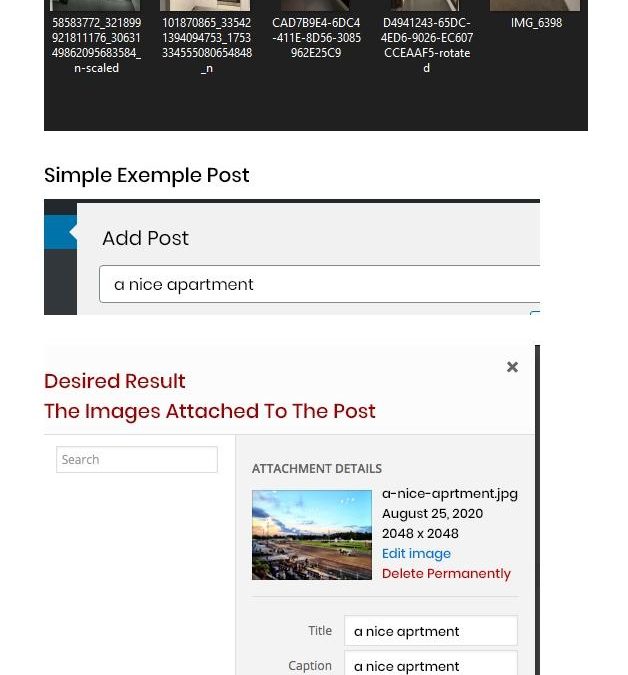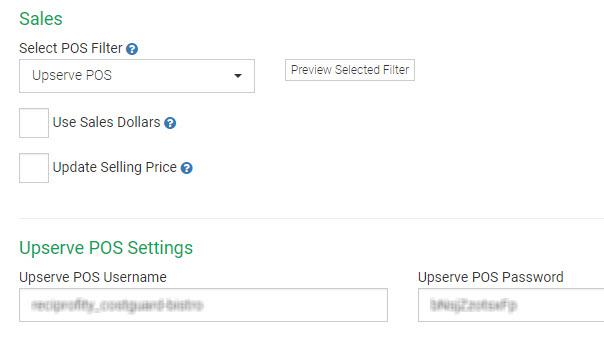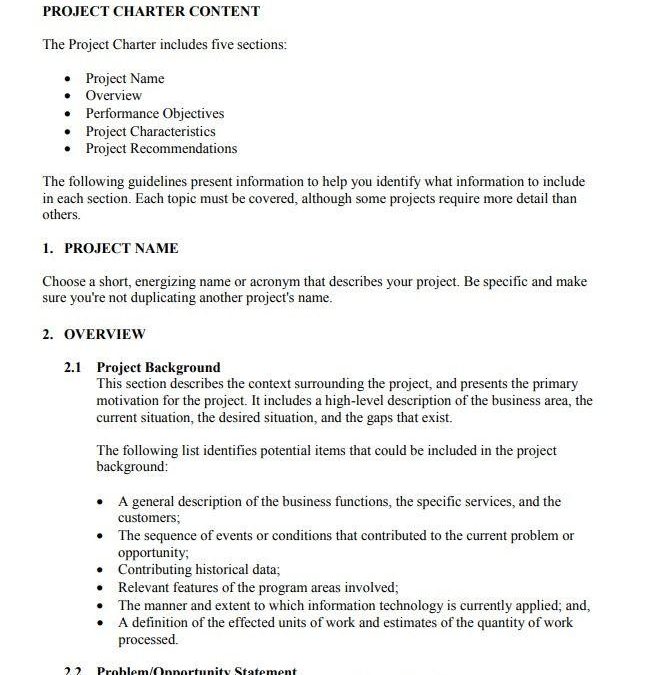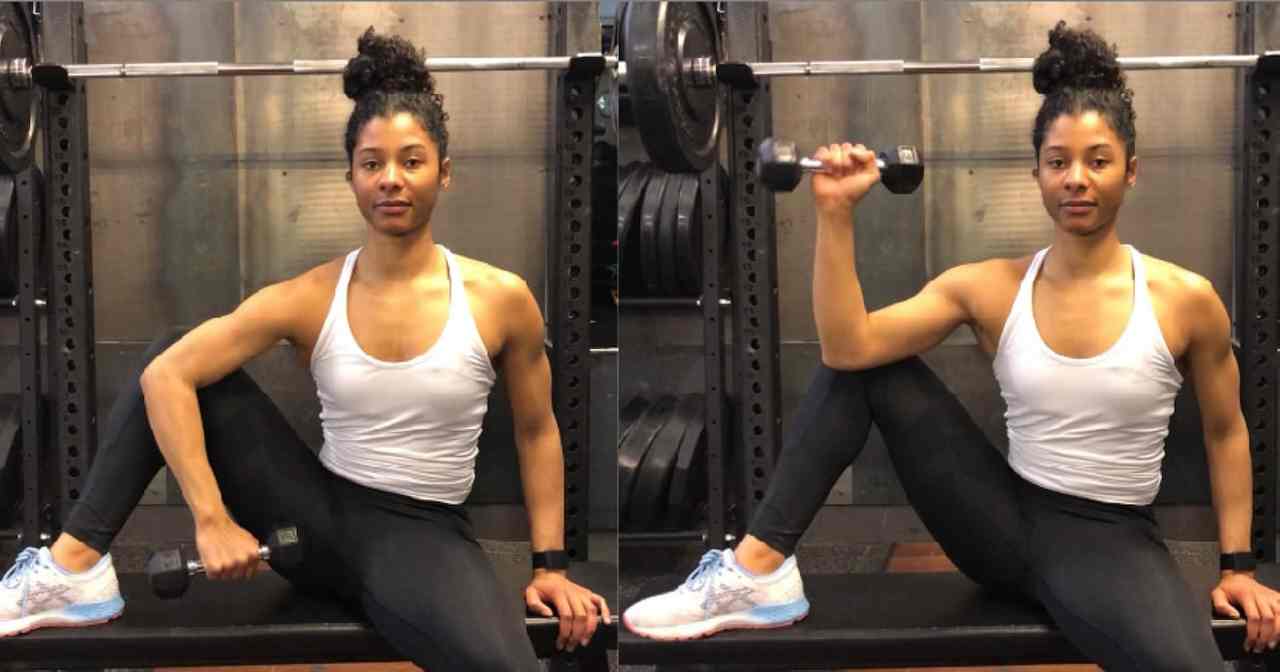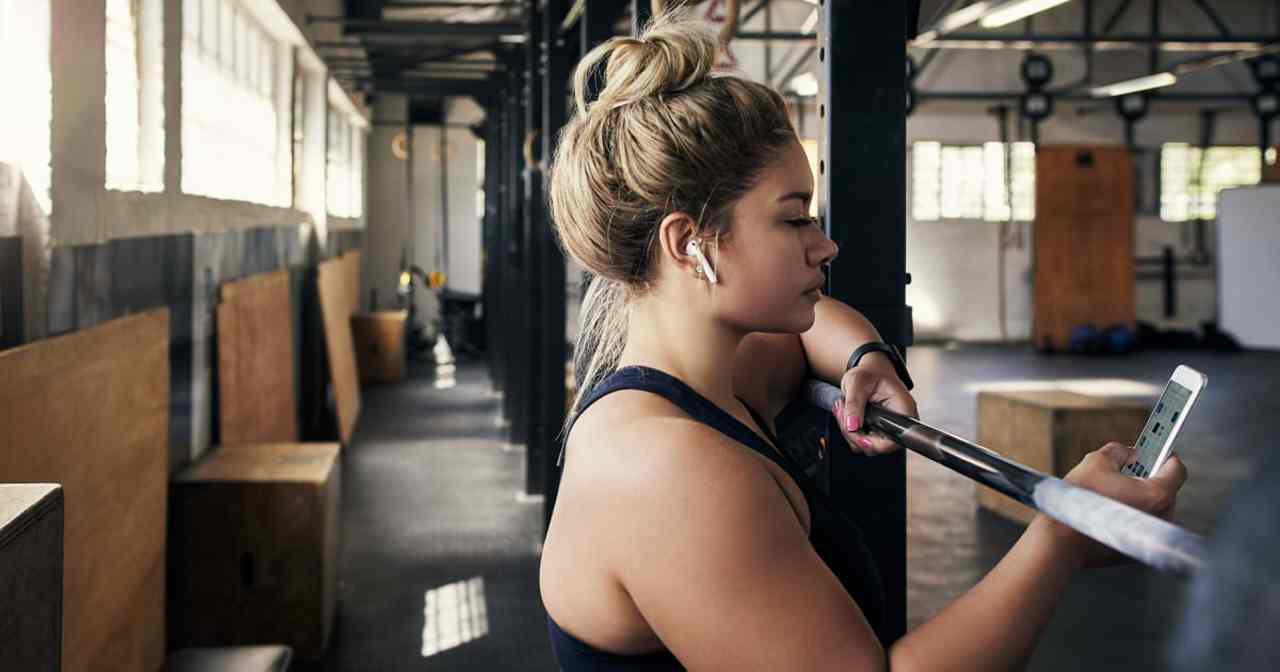
I’m a trainer, and people constantly ask for my opinion on everything from the best running sneakers to how often you should work out to lose weight. Recently, a friend asked, “Do you find that giving clients a 30-day window to check in on weight loss is a mentally healthy thing?”
“I actually don’t track my clients’ weight,” I replied. You probably think this sounds weird, especially when it comes to weight loss, but hear me out. First, I deal with a lot of people who come in saying they want to lose weight, but over time it becomes apparent that they just want to feel better, need an outlet to relieve stress, or just want to accomplish a performance goal like mastering a box jump or running a marathon for the first time.
Another reason my clients’ weight isn’t my primary focus, and why I advise them not to stress about the number on the scale, is because most of the time, if someone feels physically and mentally better and stronger, they tend to focus less on how much they weigh. Second, the number on the scale doesn’t paint the whole picture. Instead of stressing about weekly weight check-ins, I tell clients to focus on their body fat percentage (ideally, this is measured every six weeks, but it can be measured over longer periods of time) and how that number is changing.
There’s no such thing as a dumb question, especially when we’re talking about fitness. Fitness is fun, but it can also be extremely complicated. Ultimately, your body fat percentage represents the total amount of fat mass you have. This is a combination of two different types of fat, and includes essential body fat, or fat that protects your organs and joints, keeps you warm, and, for people with female reproductive systems, helps with reproduction. Then there’s storage fat — fat stored as adipose tissue, which is what people tend to visually notice on their body. The amount of essential and storage fat makes up your body fat percentage. Put simply, your body fat percentage is the amount of fat mass you have and does not include the weight of your bones, organs, muscles, and body water.
What Should My Body Fat Percentage Be?
If you’re currently wondering what your body fat percentage should be, the short answer is: there isn’t a perfect number. This number will vary depending on your age, how active you are, your sex, and your goals. According to ACE, female bodies have a higher body fat percentage than male bodies in order to menstruate and have children. Below is a breakdown of the average body fat percentages for both men and women.
| Classification | Women Body Fat (Percentage) | Men Body Fat (Percentage) |
|---|---|---|
| Essential fat | 10 to 13 | 2 to 5 |
| Athletes | 14 to 20 | 6 to 13 |
| Fitness | 21 to 24 | 14 to 17 |
| Average | 25 to 31 | 18 to 24 |
| Obese | 32+ | 25+ |
It’s important to note that these numbers will vary. For example, a female professional sprinter’s body fat percentage will more than likely be lower than 14 percent. In general, I recommend working with qualified professionals to determine what a healthy body fat percentage looks like for your daily needs and performance goals.
One way to find out your body fat percentage is by taking skinfold measurements, which aren’t too accurate. For this test, a professional would measure the thickness of your skinfolds (usually at the triceps, abdomen, thighs, the area below your shoulder blade, and the skin at the top of your hip joint) and estimate your body fat percentage. Another way to measure body fat percentage is with hydrostatic weighing, where you’re submerged in a tank and your body fat is measured by how much water is displaced. If you’d rather not get wet, you can also measure your body fat percentage with the InBody machine, which sends a bioelectrical current throughout the body. This machine is typically found at gyms and is usually included for free with a personal training consultation.
Two of the most accurate ways to determine your body fat percentage are with a BodPod test or a DEXA scan. These are harder to come across, but can be done at specialised clinics such as Fitnescity. They’ll cost you $245 and $295, respectively (prices will vary depending on locations and clinics). It’s a hefty price, but they’re the most accurate tests and can break down the exact percentages of where fat is distributed throughout your body. For example, how much fat you hold in your left arm versus your right, your bone density (you want this number to be high especially as you age), and how much lean muscle mass you have, along with more information.
At the end of the day, how you choose to track your weight-loss progress is absolutely up to you! Find a method that won’t drive you crazy and stick with it. I can’t stress this enough: there’s not one perfect way to go about tracking your progress. If you’re looking for a personal trainer, I recommend using this handy guide on how to choose a trainer and also asking them how they track clients’ progress.


